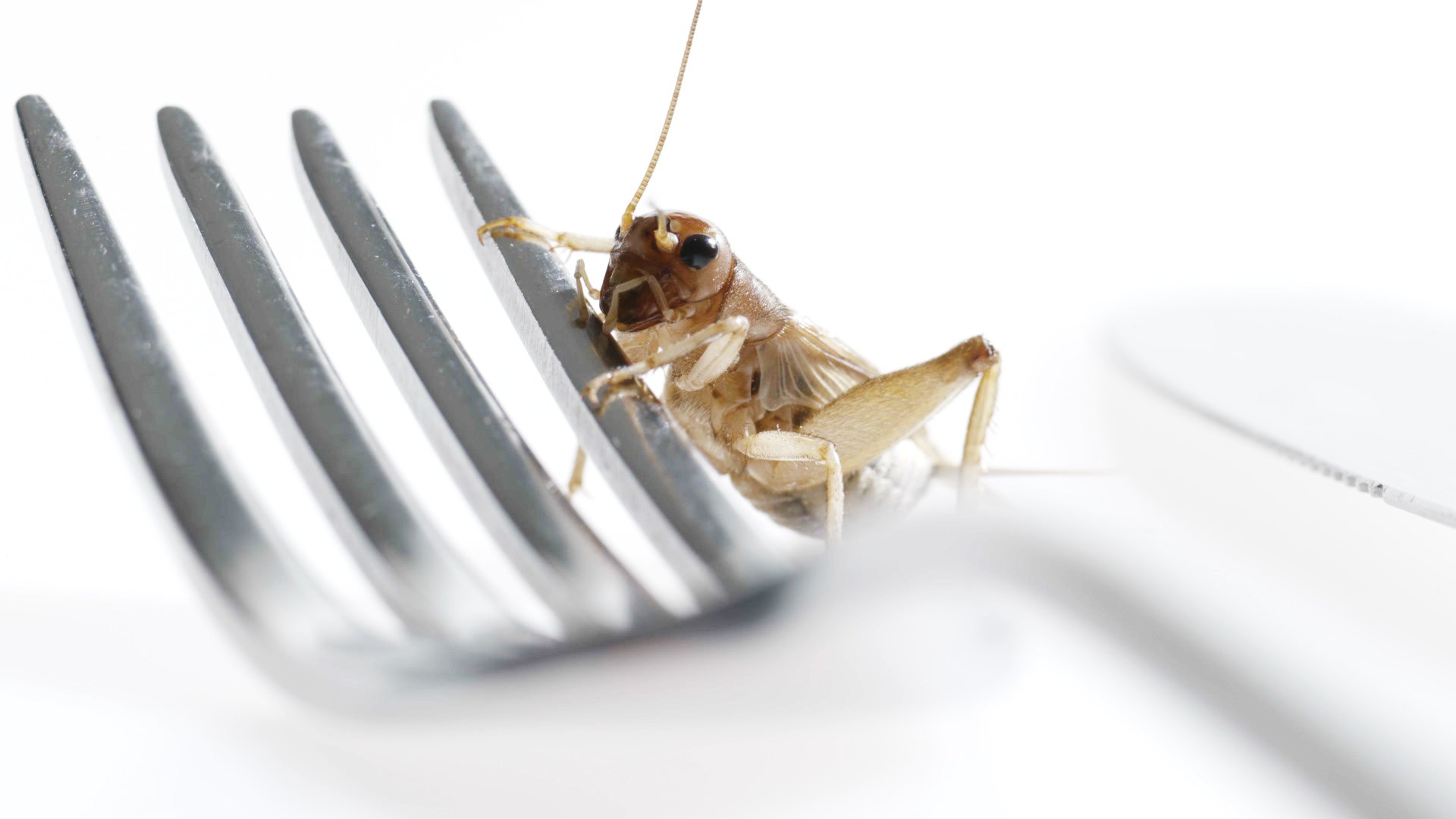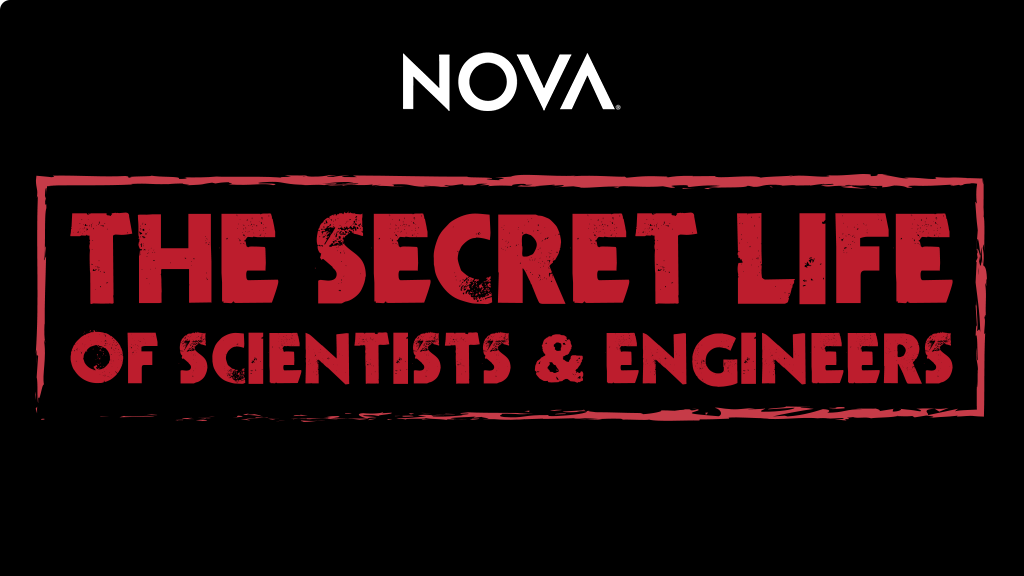Mark Siddall
The videos referenced in this article have been removed from PBS LearningMedia. In the videos, Dr. Mark Siddall is identified as a curator at the American Museum of Natural History. In 2020, Dr. Siddall was fired from the American Museum of Natural History after an investigation found that he had sexually harassed and bullied one of his graduate students.
Science:
Mark Siddall is a leech expert. He finds the critters in Africa, in the Amazon, on hippo bottoms, and on himself.
Secret:
Mark is a culinary adventurer specializing in flounder sushi, urchin testes, and seaweed custard.
The Bottom of Things
Mark Siddall hunts down a prize leech… inside a hippo rectum.
Culinary adventurer
Mark Siddall cooks and eats wild and sometimes disgusting creatures.
30-second science with Mark Siddall
We give Mark Siddall 30 seconds to describe his science and he talks really fast.
10 questions for Mark Siddall
We ask Mark Siddall 10 questions and learn about the last time he ate blood.
Eating wild
OK, so by now, you’ve probably watched our videos with Mark Siddall. And you know that he’s cooked and eaten some pretty weird stuff (that’s Mark with a glass of snake venom in the photo—he drinks it “shaken, not stirred” just like James Bond!). But Mark also, at least occasionally, cooks and eats foods that aren’t dangerous at all. He told us that he and his young daughter recently improvised a dish made of shrimp, sweet potatoes, onions, ginger, and garlic sauce rolled up in wonton wraps. And that sounds deliciously non-fatal to us. On our set, Mark described his cooking as “ephemeral” and said that each dish he makes “will never be done exactly the same way again” (that, of course, could have something to do with the whole drinking snake venom thing). Regardless, Mark is clearly just as passionate and creative with his cooking “secret life” as he is with his science. And we’d love to have him and his sous-chef/daughter cook us dinner sometime.
The leechman cometh
The first of 16 scientists we interviewed for this season of “The Secret Life of Scientists” was Mark Siddall. And we all knew he was bringing them, but when Mark walked onto our set with two jars filled with leeches, most of us were still pretty grossed out. Our associate producer Laura may have, in fact, had an aneurysm (we’ll know for sure when the test results come back–best of luck, Laura!). So why do leeches give so many people the willies? After all, vampires suck your blood too, but people love them (see “Twilight,” “True Blood,” etc.).
Well, it turns out that the cure for bdellophobia (fear of leeches) is to spend some quality time with “The Leechman.” Mark Siddall loves leeches so much that he actually kind of makes you love them too. On our set, Mark took his leeches out of their jars and let them slither about all over his arms and hands. When our gasps subsided, we had to admit to being impressed by the way Mark embraces leeches (in this case, literally) and all of nature. As he said to us…
Ask Mark your questions
Q: How is your career as a scientist working at a museum different from a scientist’s life in academia? Why did you choose this path?
Mark Siddall (MS): Typically, curatorial positions at Museums of Natural History like AMNH are largely research driven with curation of collections taking the place of teaching responsibilities. That being said, prior to being hired here I was a professor at the University of Michigan where I had had students and taught, among other things, Biology of Sex for non-majors. Though I certainly looked forward to the freedom associated with becoming a Curator, I was reluctant to give up pedagogy entirely. So, very much like other academic environments, I host graduate students (through City University and Columbia University where I am cross appointed) and post-docs in my lab. AMNH has instituted the Richard Gilder Graduate School, so we are now degree-granting in our own right and my teaching responsibilities have re-expanded. I guess the difference is that no one can tell me what to teach, or when to teach. I get to pretty much pick that myself. In my case, I specifically chose this path over a medical degree because I became totally enthralled with biodiversity research while I was an undergraduate student intern. Noteably, I have run the summer NSF-funded Research Experiences for Undergraduates program here for the last decade.
Q: Did you ever imagine when you were in a kid that you might become “The Leech Man?” What did you think you wanted to be? When did you get “bitten” by the desire to study these blood suckers?
MS: When I was a kid, and right through to my junior year at the University of Toronto I wanted to be a physician. As an undergraduate intern with Sherwin Desser at UofT in the summer of 1988, I was given the task of elucidating the life-cycle of a single-celled blood parasite of frogs. Because tadpoles had the infection, it had to be leeches. So, I spent the summer collecting leeches and frogs, managed to solve the cycle, and was smitten by the diversity of leeches in Algonquin Park. I never looked back.
Q: Which do you think should take first priority human kindness or scientific experimentation?
MS: tertium non datur



